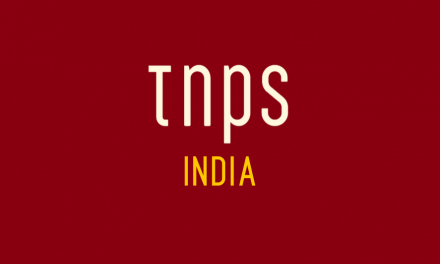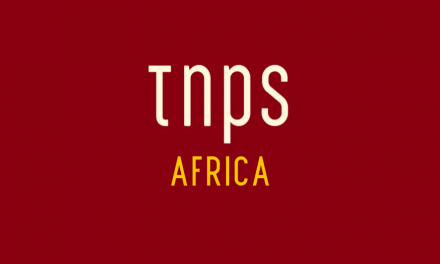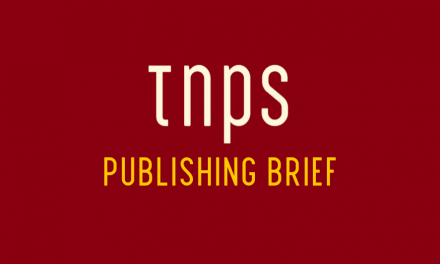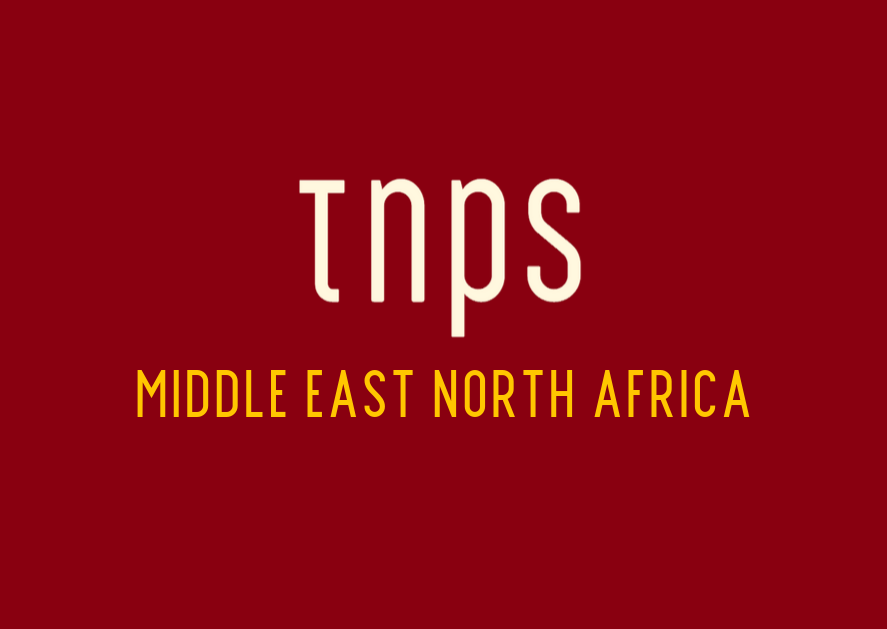Come Christmas, and thoughts turn to northern climes. And in Iceland, thoughts turn to books, and the Jólabókaflóð, which monoglots like me will be pleased to know translates to the more pronounceable Christmas Book Flood.
The Christmas Book Flood began in 1944. Iceland had just gained independence from Denmark, and as paper was not rationed on the island books became a popular present to give.
Another factor may be that Santa didn’t have so far to travel from the North Pole, but that theory has its skeptics.
What’s not in doubt is that every year since then, in November, the Bókatíðindi (“Book Bulletin”), a catalogue of all the latest books available, is sent to every household in the country – yes, read that twice and savour the thought – nowadays to coincide with the November Reykjavik Book Fair.
Books are ordered online or from bookstores and tradition has it the books are read as soon as they are opened (on Christmas Eve in Iceland).
The 2017 Christmas Book Flood was nearly postponed after a consignment of 100,000 copies of the Bok Bulletin arrived from the printers in Finland with some serious quality issues, mbl.is reported, and had to be re-done.
Explained Egill Örn Jóhannsson, managing director Iceland’s largest publisher, Forlagið,
When the first books arrived, we had to reprint them entirely, including the covers. The results were not acceptable and we corrected everything that was not 100 percent. The plastic packaging did not meet quality standards so we had to re-pack over 30,000 copies here in the country.
The Christmas Book Flood got back on schedule, and with America’s Costco taking part in the bookfest this year (Costco opened in Iceland in May), it’s hoped book sales may get back on track again in the final weeks of 2017.
This past year the Christmas Book Flood got some serious attention at the London Book Fair and New York Expo, as the western publishing industry looked at ways to increase interest in books.
But with bitter irony just as the Christmas Book Flood begins to gain international recognition it seems interest in books in Iceland may be on the wane.
Since 2010 book sales in Iceland are down 43%, while inflation-adjusted revenue is down 31% since 2008, reported RÚV in August.
In 2010, the average Icelander bought eight books per year. Last year, that number was 4.2 books. During the same period, data usage increased 19-fold, the implication being smartphones and the internet are eating into valuable book reading time and book-buying dollars. Or rather, book-buying Icelandic króna in this instance.
Yet perhaps that 19-fold increase in data usage may hide a silver lining to this particular cloud.
Because Forlagið’s aforementioned Egill Örn Jóhannsson told Morgunblaðið in November that there had been a 60% increase in e-book sales between January-September this year, and a threefold increase in the first week of November.
The latter boost may be on the back of the Book Bulletin arriving on Icelander’s doormats and the would-be print book buyers finding there’s an ebook version available.
So is Amazon working its magic in Iceland?
Not a bit of it. Iceland’s primary ebook store, Sena D3’s eBækur is where the action is.
eBaekur launched in late 2012 with just 300,000 titles, of which only a couple of hundred were in the local language, Icelandic publishers having had no reason to think about digitisation previously. To help overcome that hurdle e eBaekur helps Icelandic publishers digitise their backlist. But that backlist is small. Traditionally Icelandic publishers only issued contracts for seven years.
Sena D3’s eBaekur and sister site Tónlist (which also sells ebooks, along with music, films, games, audiobooks, etc) are today where Icelanders go for digital entertainment.






Trackbacks/Pingbacks